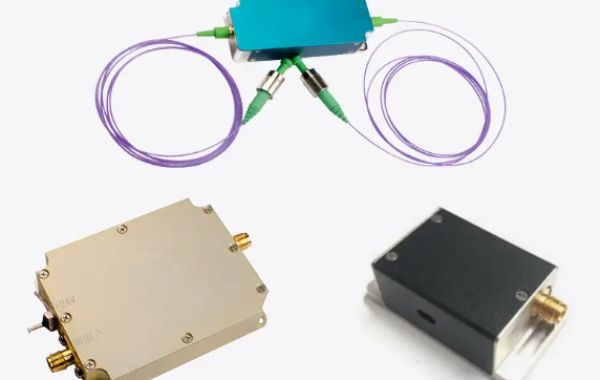The bandwidth of an RF amplifier is usually expressed in Hertz (Hz) and refers to the frequency range over which the amplifier can effectively amplify the signal. Specifically, bandwidth refers to the difference between the two frequency points where the amplifier's gain drops to 3dB of the maximum gain.
Measurement methods
- Spectrum analyzer: This is the most common method. By inputting the RF signal into the spectrum analyzer and observing the spectrum of the output signal. Find the two frequency points where the gain drops by 3dB, and then calculate the difference between them, which is the bandwidth.
- Network analyzer: Network analyzers can measure S parameters more accurately, thereby calculating the bandwidth of the amplifier.
- Vector network analyzer: This instrument can measure both amplitude and phase at the same time, which is very useful for complex RF systems.
Factors affecting bandwidth
- Transistor type: Different transistor types (such as MOSFET, BJT) have different bandwidth characteristics.
- Circuit design: The amplifier topology and component selection have a great impact on the bandwidth.
- Matching network: Impedance matching at the input and output can optimize the bandwidth.
- Packaging: The amplifier packaging introduces parasitic elements that affect the bandwidth.
Summary
The key to measuring the bandwidth of an RF amplifier is to find the two frequency points where the amplifier gain drops by 3dB. With instruments such as spectrum analyzers, we can accurately measure the bandwidth of the amplifier and optimize the amplifier design based on the measurement results.








